Structure of chloroprene

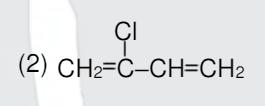

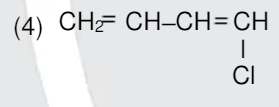
To determine the structure of chloroprene, we can follow these steps:
Step 1: Identify the IUPAC Name
Chloroprene is known by its IUPAC name, which is 2-chlorobuta-1,3-diene. This name gives us important information about the structure, including the presence of a chlorine atom and the location of double bonds.
Step 2: Analyze the Components
From the IUPAC name:
- "2-chloro" indicates that a chlorine atom is attached to the second carbon of the buta (four carbon) chain.
- "1,3-diene" indicates that there are double bonds between the first and second carbon, and between the third and fourth carbon.
Step 3: Construct the Carbon Skeleton
We start by drawing a four-carbon chain (butane):
- C1: CH2
- C2: C (with Cl attached)
- C3: C (with a double bond to C4)
- C4: CH2
Step 4: Add the Double Bonds
Now, we need to add the double bonds:
- Between C1 and C2: C1=C2
- Between C3 and C4: C3=C4
Step 5: Complete the Structure
Putting it all together, the structure of chloroprene can be represented as:
CH2|C=C|ClC∣CH2
Final Structure
The final structure of chloroprene (2-chlorobuta-1,3-diene) is:
CH2|C=C|ClC∣CH2
Summary
Chloroprene is a colorless, volatile liquid that is used as a monomer to produce polychloroprene, commonly known as neoprene.
Chloroprene is known by its IUPAC name, which is 2-chlorobuta-1,3-diene. This name gives us important information about the structure, including the presence of a chlorine atom and the location of double bonds.
From the IUPAC name:
- "2-chloro" indicates that a chlorine atom is attached to the second carbon of the buta (four carbon) chain.
- "1,3-diene" indicates that there are double bonds between the first and second carbon, and between the third and fourth carbon.
We start by drawing a four-carbon chain (butane):
- C1: CH2
- C2: C (with Cl attached)
- C3: C (with a double bond to C4)
- C4: CH2
Now, we need to add the double bonds:
- Between C1 and C2: C1=C2
- Between C3 and C4: C3=C4
Putting it all together, the structure of chloroprene can be represented as:
CH2|C=C|ClC∣CH2
The final structure of chloroprene (2-chlorobuta-1,3-diene) is:
CH2|C=C|ClC∣CH2
Chloroprene is a colorless, volatile liquid that is used as a monomer to produce polychloroprene, commonly known as neoprene.
Similar Questions
Knowledge Check
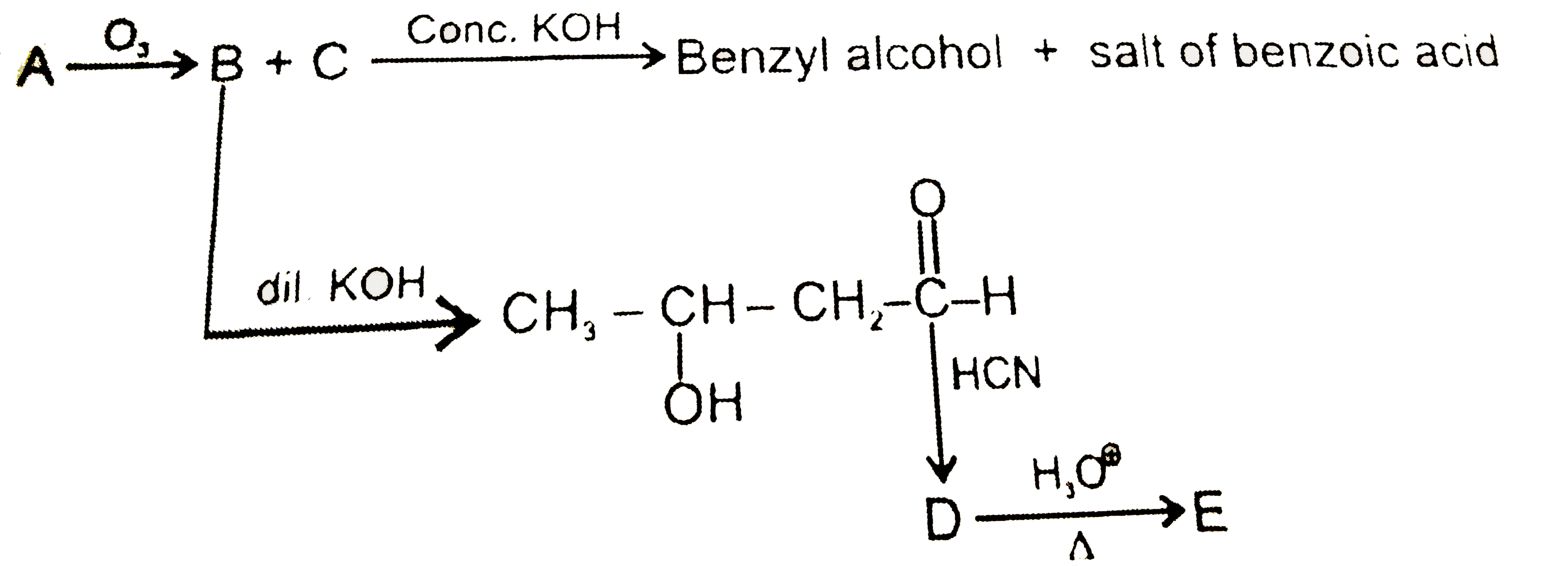
Structure of A isAH2C=CH−CHOBPh−CH=CH−CH3CPh−C∣CH3−CHDPh−CH=C∣CH3−CH3
Structure of is :A B
B C
C D
D
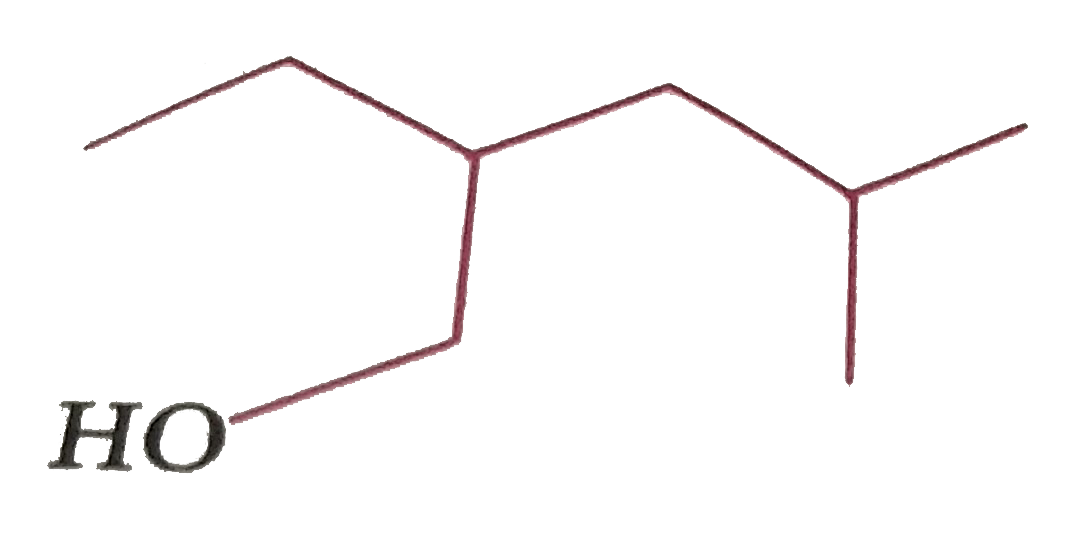 structure is A
structure is A B
B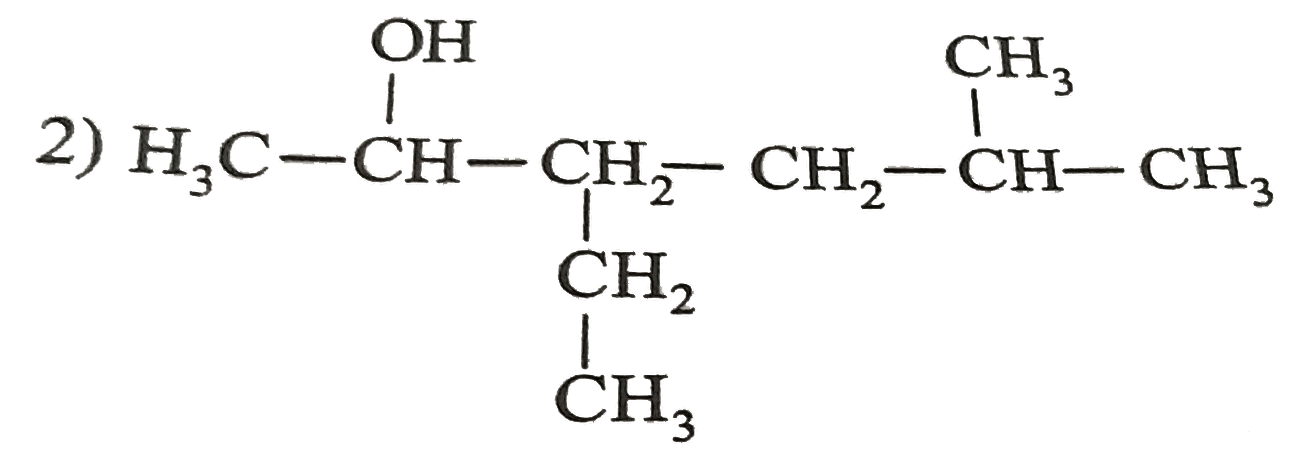 CH3−CH2−C∣OHH2−CH2−CH2−CH3DH3C−OH∣CH2−CH=CH−CH3
CH3−CH2−C∣OHH2−CH2−CH2−CH3DH3C−OH∣CH2−CH=CH−CH3


